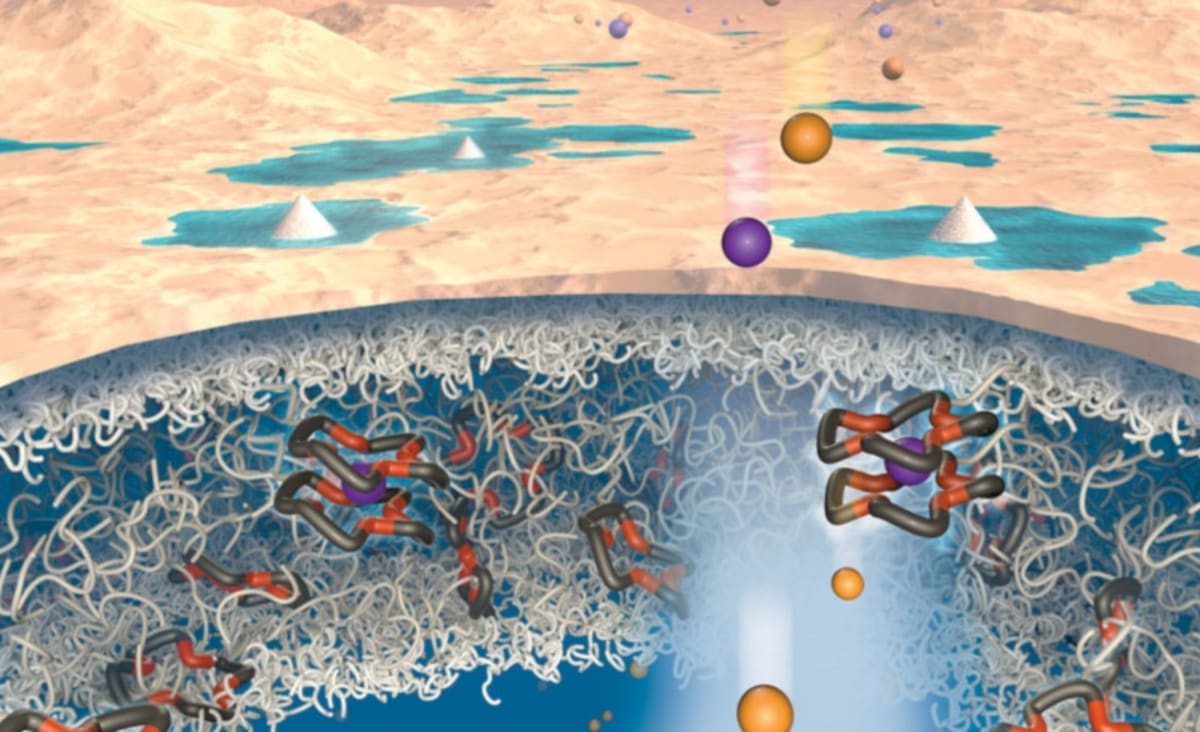
interestingengineering.com
It's Official. We Can Now Harvest Usable Lithium From Fossil Fuel Waste
Sourcing lithium in a sustainable manner is proving to be a challenge, but this new method could solve that problem and help oil companies.
Science & Tech
Thanks to its ubiquitous usage in electronic devices, lithium is quite a well-known element in high demand as we move to a more electric world. A team of researchers at The University of Texas has now co-developed a method of sourcing this element that is not only efficient but also uses wastewater from oil and gas production facilities.
In addition to our increasing use of electronic devices, we are also transitioning to electric vehicles (EVs) to reduce our carbon emissions. Both these technologies currently use lithium-ion batteries. While it is an abundant element, sourcing lithium is not straightforward or environmentally friendly as well, leading to quite a paradox.
Scientists are looking towards the salty waters of the sea to source lithium in a more sustainable manner but the solution probably lies in the oil and gas production facilities that should ideally be at the cusp of shutting down in the near future.
As researchers write in the Proceedings of the National Academy of Sciences (PNAS) paper, the wastewater generated during oil and gas production is as rich in lithium as saltwater brines that are currently used. Billions of liters of this wastewater are produced every day in the US alone. However, there aren't many takers for the lithium in them because the separation process is not very efficient.
Working with researchers at the University of California, Santa Barbara, the team designed a new polymer using crown ethers that prioritizes the separation of lithium from the water. Conventionally, crown ethers have not been used for water treatment applications but their ability to bind specifically to sodium ions, allows lithium ions to move faster through the membrane and is easy to filter out.
The researchers estimate that wastewater produced at Eagle Ford Shale in Texas in a week can produce enough lithium for 300 electric vehicle batteries or 1.7 million smartphones.
While we wait for other battery technologies to catch up with the capacities of lithium-ion, this method holds the potential to source lithium sustainably. It is also a great situation for the oil and gas companies to be in since it allows them to continue production for now and make monies from their waste as well.
























































